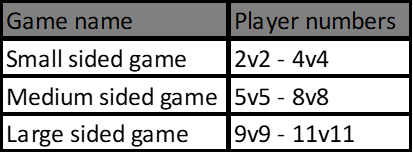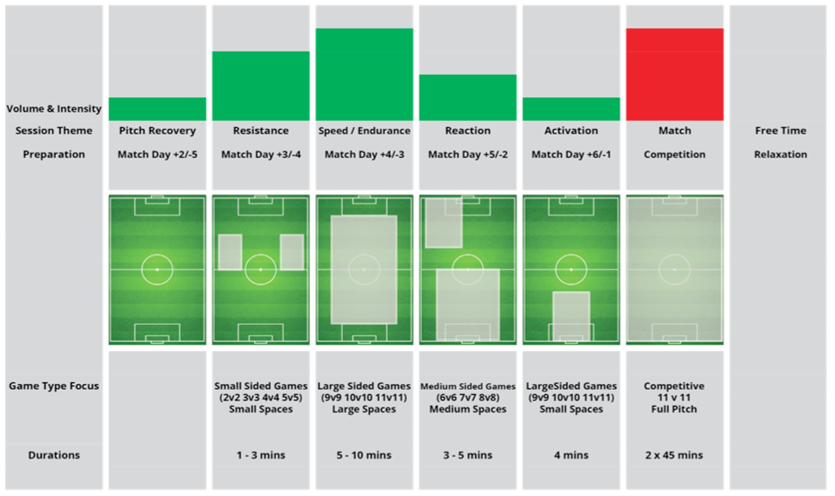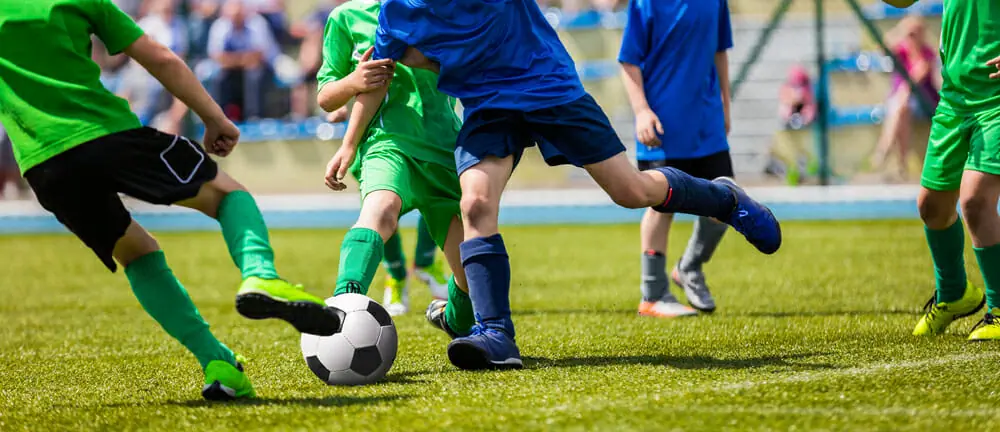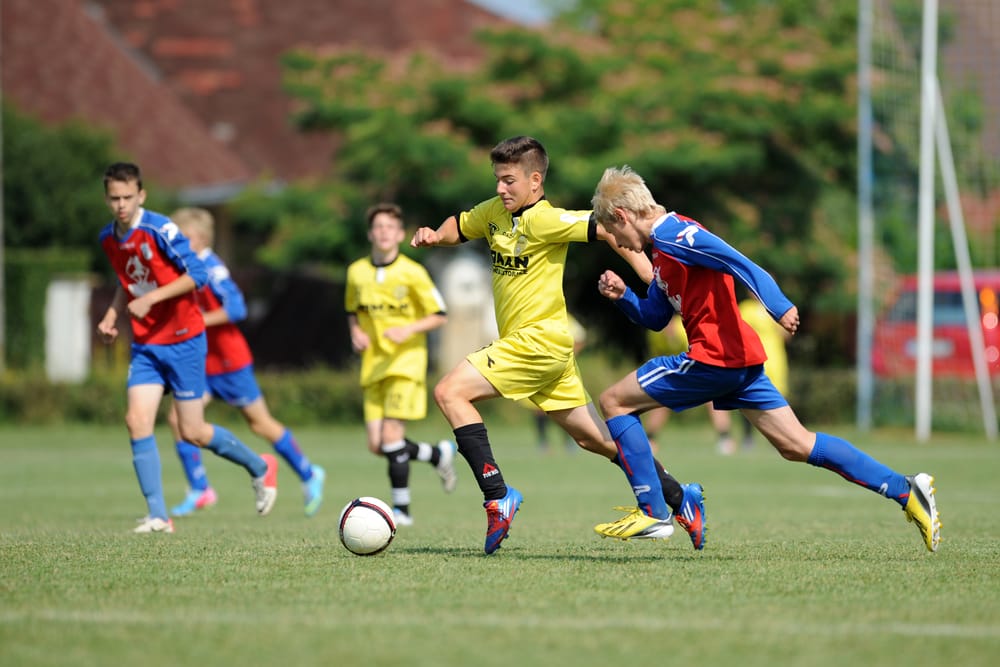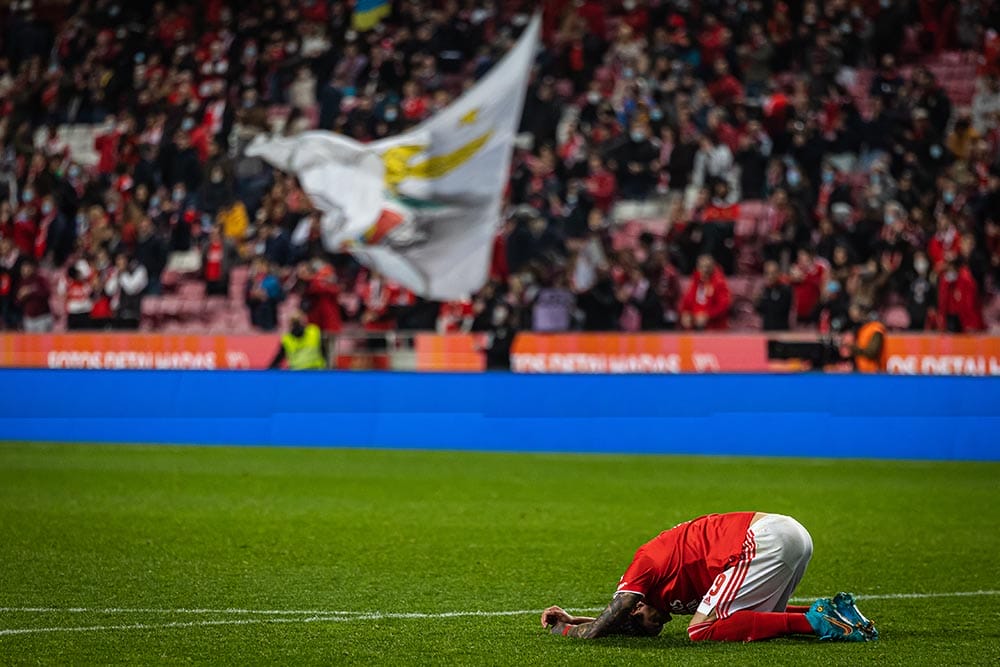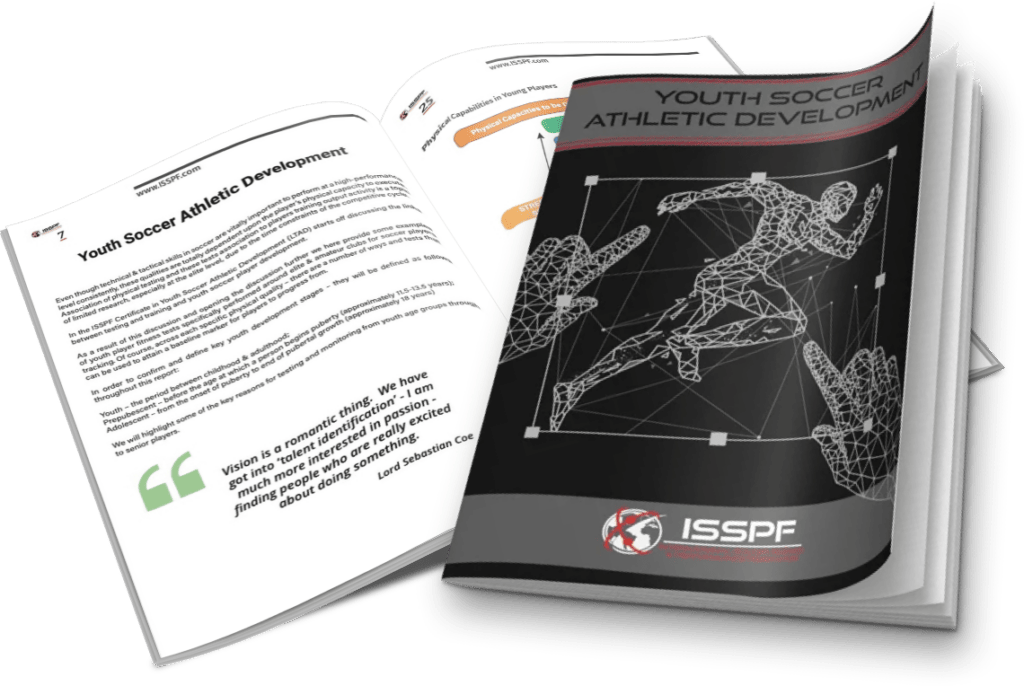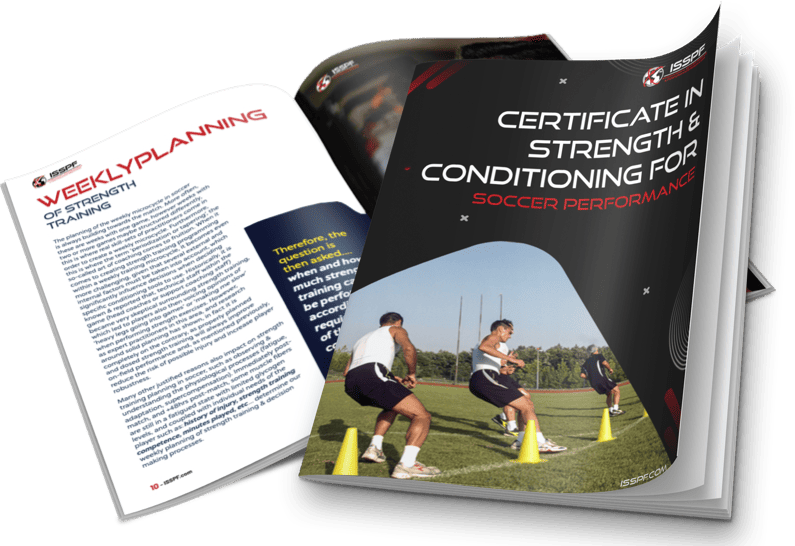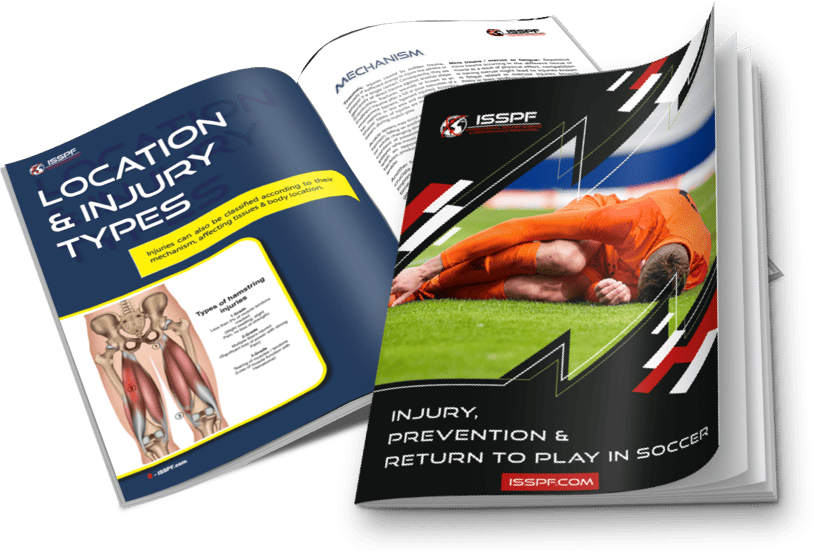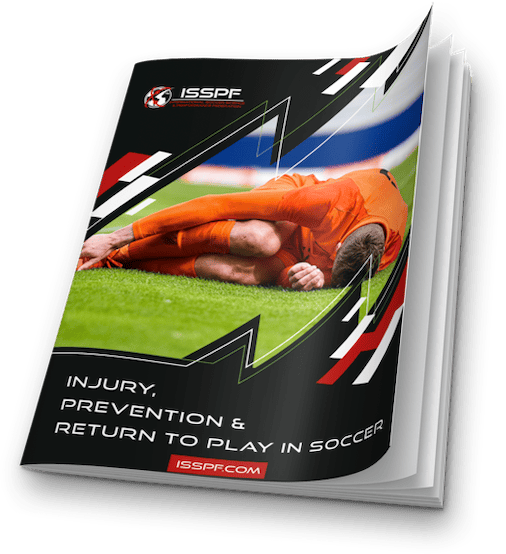In a previous article we discussed how you could use soccer itself as a conditioning tool for your players. These games all vary in size as shown below (Table 1), with the different game sizes resulting in different effects on the body and subsequent training effects.
This article expands on this topic and discusses how introducing several rules to each game will affect the exercise intensity and the physiological response of your players.
Small Groups v Big Groups
First things first, let’s talk about the different-sized games.
Based on the game size that is implemented, a different training response will be elicited; with researchers finding that the fewer players, the higher the intensity.
But it should also be noted that as you increase the number of players, you alter the movement characteristics of players.
Bigger games are conducted generally on bigger fields, so there is more space for players to reach top speed; smaller games are usually played on smaller fields, so there will be more change of direction actions (agility) taking place
Before we move on to rules used in the games, I will discuss game duration.
Game duration is affected by three things: repetition duration, repetition count and work:rest ratio (how much rest you give in comparison to how much work the players do).
We can alter and change these 3 things to stress our players in different ways and get different training responses.
In general, small-sided games should be 4-minutes in length, with 4 – 10 repetitions performed, and a work to rest ratio of 1:1 – 1:0.5 (4-minutes work, 4-minutes rest; 4-minutes work, 2-minutes rest).
Medium and large-sided games should be 5 – 10 minutes in length, with 3 – 4 repetitions, and a work to rest ratio of 1:0.2 (5-minutes work, 1-minute rest; 10-minutes work, 2-minutes rest).
Now that we have a basic idea on different game sizes and durations, let’s talk rules, specifically;
Restrictions on ball touches (1-touch, 2-touch, free-play); game format (possession, goalkeepers included, use of small goals) and encouragement from the coach.
3 Other Aspects to Consider
1. Ball Touch Restrictions
The use of 1-touch and 2-touch rules can increase the tensity of games when compared to free-play.
So, if you are using a large game but would like a little more intensity from your players, consider using these rules.
The only thing you need to be aware of is these rules can affect pass completion negatively, so, think about what you want to get out of your players and how these touch rules might affect the quality of the session.
2. The Game Format
Researchers have found that when goals and goalkeepers are involved, game intensity is reduced, this indicates that if you want an intense session, you should stick to possession-based games.
But you also need to consider that the use of goalkeepers and goals increases the defensive organisation around the goal, and thus has a tactical focus compared to a conditioning-based one.
Again, it all depends on what you want to achieve in training.
3. Encouragement
The final variable we will discuss is encouragement from the coach during the conditioning game. Researchers have investigated this and found that consistent encouragement from the coach influences training intensity, with one researcher finding that standardized forms of encouragement - ‘‘lose your marker’’, ‘‘find space’’, ‘press’’, ‘‘get back in quickly’’ – were able to increase game intensity.
I hope this helps you identify which games and durations you should use based on your training goals, and at the same time, which rules/variables can assist in ensuring you get the response you want from your players.
Remember, as with any training program, do not do too much too soon, slowly build the players up to avoid injuries and ensure proper recovery.
Join the ISSPF Sports Science Course
The bespoke courses developed by ISSPF Faculty members are a way of further exposing sport science students, coaching individuals working within the game & other soccer science & performance coaching enthusiasts with a thirst to develop further.
The link below will take you to the hugely popular & expertly designed ISSPF endorsed, & University accredited Physical Training & Soccer Methodology online sport science course, which has been described as one of the best online courses for further developing & adding to football coaching qualifications.
You’ll discover football science research and practical examples used within the game.
Physical Training & Soccer Methodology Course
How This Course Will Improve You
- Provides the most efficient training methods and detailed insights into developing player fitness alongside tactical strategies & developing a training methodology.
- Gain a better understanding of how to maximise development & preparation of players in a more efficient & contemporary game model approach.
- Learn how to balance key training elements from a technical, tactical & physical preparation in order to attain peak performance.
- Practitioners & coaches can only benefit themselves & their players further by more in-depth knowledge of physical training & soccer methodology.
- Help maximise your decision-making through a better understanding & appreciation of tapering & soccer periodisation.
What Does This Course Cover?
Outline of the Physical Training & Soccer Methodology course
Module 1: The appliance of science – tapering & periodisation in team sports
Lecturer: Dr. Adam Owen
Module 2: Soccer specific monitoring: Weekly microcycle, planning and performance
Lecturer: Dr. Dawid Golinski
Module 3: Game model building & development: Reinterpreting Tactical Periodisation
Lecturer: Alejandro Romero-Caballero
Module 4: Individualised Periodization in a Soccer Team: A working model
Lecturer: Jarred Marsh
Module 5: An integrated approach to soccer training: Developing a working model
Lecturer: Efthymios Kyprianou
Module 6: Carbohydrate requirements of soccer players: Implications for periodisation
Lecturer: Dr. Liam Anderson
Module 7: Integrating Physical & Tactical Periodisation in Soccer: Senior & Youth levels
Lecturer: Hamish Munro
Module 8: Maximal intensity conditioning periods in soccer: Physical vs. Tactical strategies
Lecturer: Dr. Miguel Angel Campos Vazquez
Module 9: Preparing the modern soccer player: Training session design
Lecturer: Dr. Adam Owen
Module 10: Competitive soccer training microcycle: Structure & justification
Lecturer: Dr. Manuel Segovia
Share this article:

